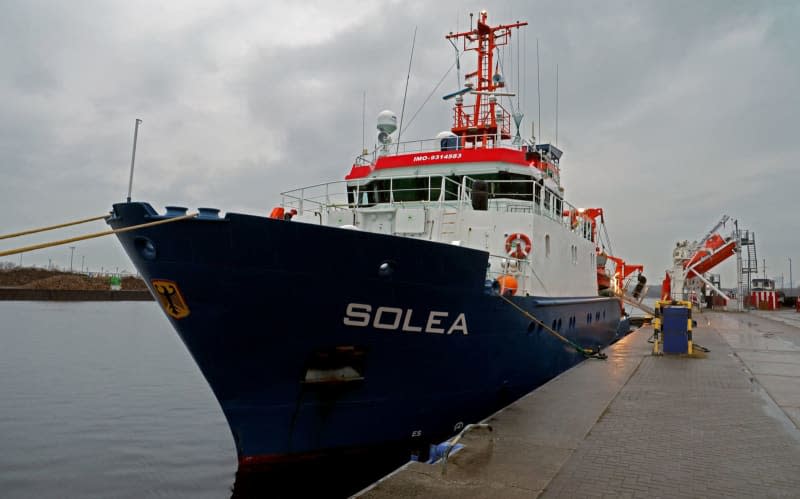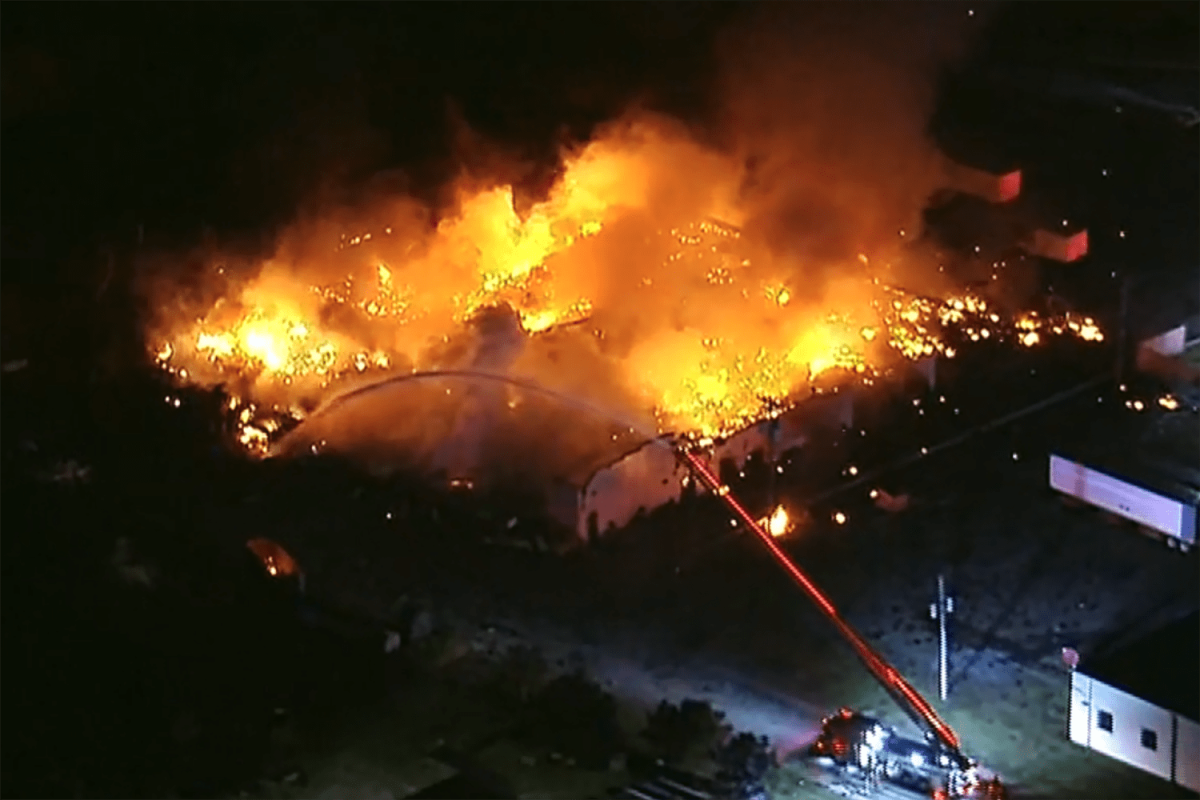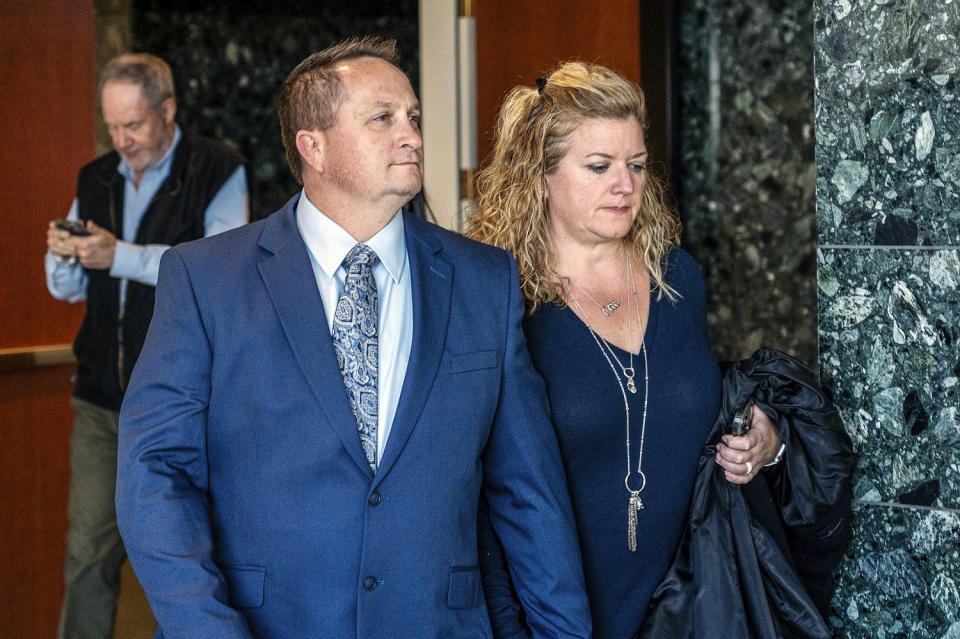BALTIMORE — Federal safety investigators are homing in on the electronic system of the enormous cargo ship that struck Baltimore’s Francis Scott Key Bridge last month, immediately collapsing the span and plunging six construction workers to their deaths.
Investigators, who are still aboard the 984-foot Dali, are searching in the ship’s engine room for an explanation as to why the vessel apparently lost power while approaching the bridge, Jennifer Homendy, chair of the National Transportation Safety Board, told lawmakers Wednesday on the U.S. Senate Committee on Commerce, Science, and Transportation.
She said investigators called upon the manufacturer of the ship’s engine, Hyundai, to assist investigators in downloading data from the engine room related to the electrical power system and circuit breakers.
“We have had the manufacturer of equipment in the engine room to look closely at the electrical power system. We’re continuing to look at that,” Homendy said. “We’ve asked for additional assistance from the manufacturer, who returned from overseas this week with experts to look at the circuit breakers.”
Investigators believe whatever caused the power aboard the Dali, which weighed about 112,000 tons loaded when it struck the bridge, to flicker on and off as it approached the bridge, also contributed to its loss of control, she said.
“Of course, that is preliminary,” Homendy cautioned. “It can take different roads, different paths, as we continue this investigation. It’s very early.”
Homendy appeared before the Senate committee Wednesday for a confirmation hearing for a five-year term as chair of the board, which she has been leading since August 2021. After Homendy offered an opening statement, several senators asked her questions about the March 26 bridge collapse in Baltimore.
Six construction workers who were filling potholes on Interstate 695 were dropped into the frigid Patapsco River when the ship struck around 1:29 a.m. Divers have recovered the bodies of three men. The others are presumed dead.
The collapse also damaged local and regional commerce because it blocked shipping access to the Port of Baltimore, which is the largest importer of cars and farm equipment in the nation and a major port for other cargos. Authorities have been working to clear remnants of the bridge, a mess of mangled steel and roadway, from the shipping channel to allow ships to pass, with engineers estimating that effort will take until the end of May. Rebuilding the bridge is expected to take years.
Investigators have interviewed several people who were aboard the Dali when it struck the bridge, including the Maryland pilot and pilot apprentice who boarded the ship to guide it out of the harbor, Homendy said.
They also have questioned “the second officer, who was the man on watch at the time, the master on the bridge, the chief engineer, the third assistant engineer, the helmsman, the boatswain, the chief officer who was off watch, the second officer, second officer who conducted pre departure checks, second assistant engineer, electrician, oiler and three U.S. Coast Guard watch standers at the command center, and received tug boat operator statements and are continuing to conduct interviews,” she said.
The NTSB also downloaded data from the Dali’s voyage data recorder, which is designed to function like a simplified version of a “black box” aboard aircraft, and then removed the recorder and sent it to the agency’s lab in Washington for further processing. Such recorders are supposed store 30 days worth of data related to the ship’s movements and function. They also record conversations aboard the ship.
——-
Signup bonus from





